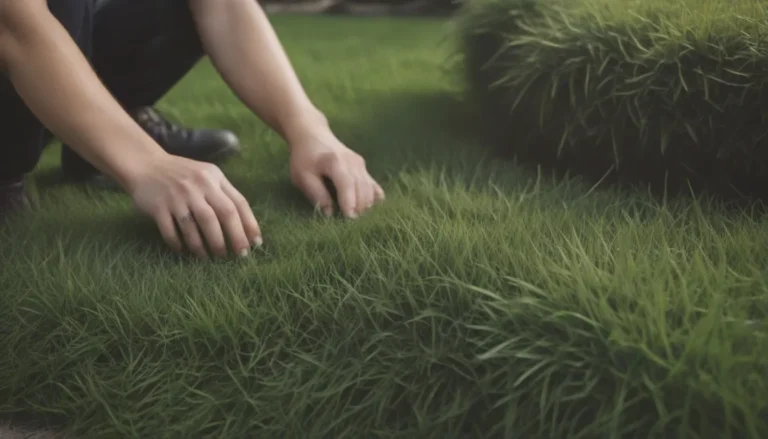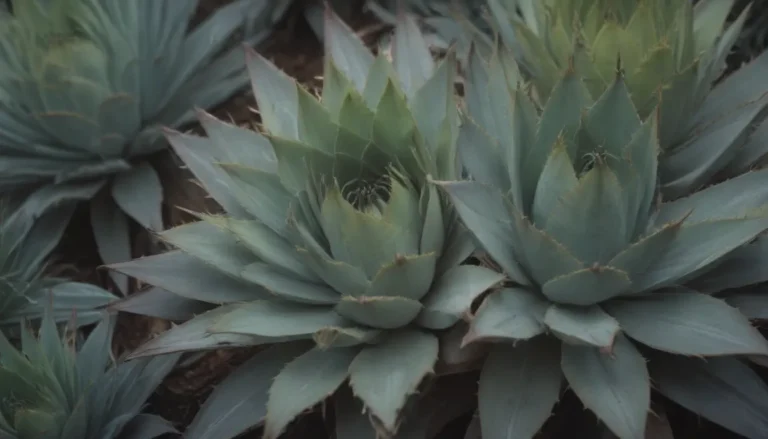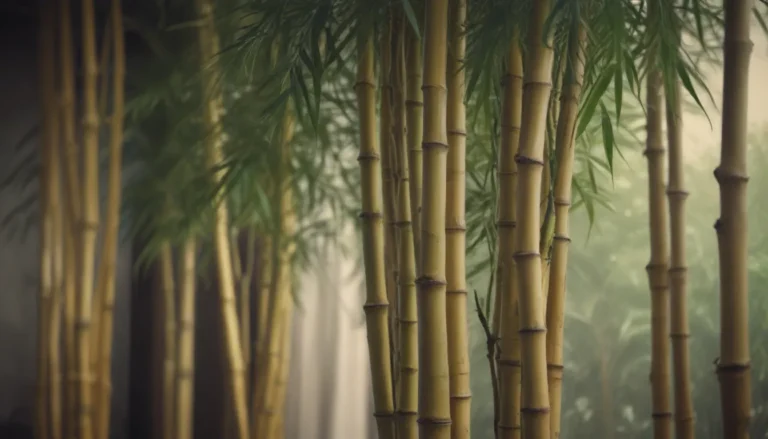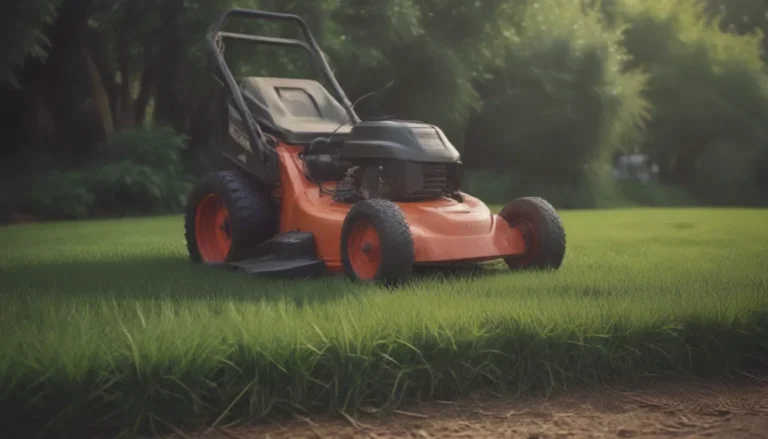The Ultimate Guide to Growing and Caring for Gaura (Wandflower)
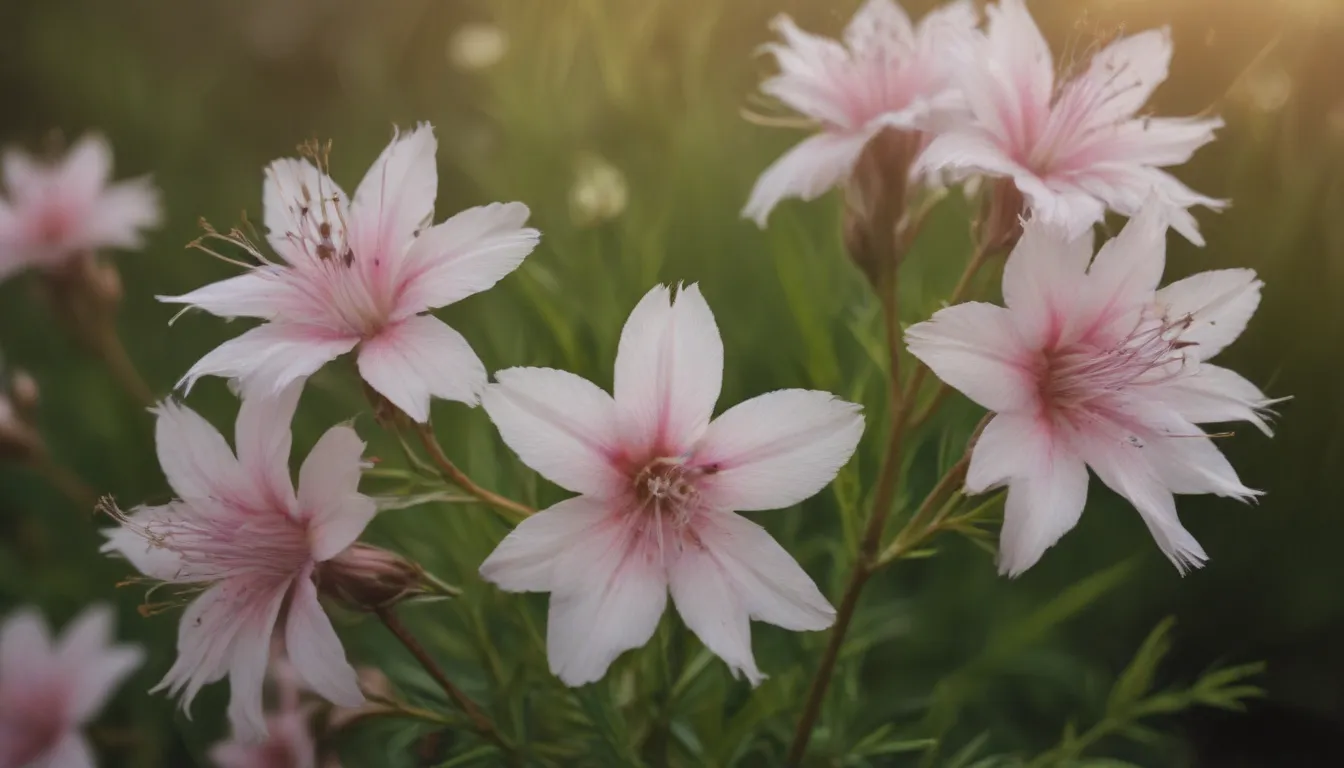
Are you looking for a magical addition to your garden that will not only thrive in various conditions but also attract pollinators with its charming blooms? Look no further than Gaura, also known as wandflower. This low-maintenance perennial plant is a must-have for any gardening enthusiast, offering a long bloom time and unique foliage that will add a touch of whimsy to your outdoor space.
What is Gaura?
Gaura, scientifically known as Oenothera lindheimeri (formerly Gaura lindheimeri), is a delightful perennial that has gained popularity for its exquisite beauty and easy care requirements. With origins in the Greek word “gauros,” which means superb, Gaura lives up to its name with its graceful appearance and long-lasting blooms. Also referred to as wandflower, whirling butterfly, and bee blossom, this plant can reach heights ranging from 15 inches to 4 feet, with newer cultivars being bred for a more compact size, perfect for containers.
Why Choose Gaura?
One of the standout features of Gaura plants is their extended bloom time, surpassing that of many other perennials. While the heaviest blooming period typically occurs in early summer, you can enjoy a continuous display of flowers throughout the summer and into fall in USDA growing zones 5 through 9. The lance-shaped foliage of Gaura often showcases hints of pink, cream, or gold, depending on the variety, adding an extra element of visual interest to your garden. The wiry flower stems bear multiple 1-inch flowers with four petals each, displaying shades of white, pink, or a delightful combination of both.
Gaura Care Tips
Taking care of Gaura is a breeze, making it an ideal choice for novice gardeners or those looking to add a low-maintenance beauty to their landscape. Here are some essential care tips to ensure your Gaura plants thrive:
Light
- Gaura thrives best in full sun but can tolerate some afternoon shade, especially in hot climates.
Soil
- Excellent drainage is crucial for Gaura plants. Amend the soil with a mix of compost and grit, or plant them in raised beds to prevent waterlogging and ensure their longevity.
Water
- Water Gaura infrequently but deeply to encourage deep root establishment.
Temperature and Humidity
- Gaura is tolerant of extreme heat, humidity, and cold, making it suitable for a wide range of climate zones.
Fertilizer
- Gaura thrives in poor soil and does not require supplemental flower fertilizer. Avoid over-fertilization to prevent the plant from becoming floppy.
Companion Planting with Gaura
Enhance the beauty of your Gaura plants by introducing supportive companion plants that will complement their growth and keep their flower spikes upright. Plants like yarrow, ‘Autumn Joy’ sedum, or liatris share similar growing conditions and blooming times, making them ideal partners for Gaura in a mixed perennial border. Consider creating a stunning combination of butterfly weed, globe thistle, and Gaura in a dry garden to attract pollinators and create a visual feast for the eyes.
Varieties of Gaura
Explore the diverse array of Gaura varieties available to add a touch of elegance to your garden. Some popular cultivated varieties of Oenothera lindheimeri include:
– ‘Corrie’s Gold’
– ‘Crimson Butterflies’
– ‘Passionate Rainbow’
– ‘Siskiyou Pink’
– ‘Sparkle White’
Pruning and Propagating Gaura
To keep your Gaura plants looking tidy and encourage repeat blooming, remember to trim back the stems after the first main bloom. As for propagation, Gaura can be grown from seed or cuttings, with the latter being the preferred method due to the plant’s long taproot and division challenges. Propagating from cuttings will ensure consistent results and preserve the attractive qualities of the mother plant.
Growing Gaura from Seed
Whether you choose to start Gaura from seed indoors or directly sow them in the garden, remember that the seeds need light to germinate. Allow for a germination period of 21 to 35 days at 70 degrees F for successful seedling growth.
Potting Gaura for Overwintering
If you struggle to overwinter your Gaura plants due to specific soil conditions or temperatures, consider potting them to enjoy their long-flowering season in a container. Opt for a pot that accommodates the plant’s taproot and provides ample drainage to prevent waterlogging, using an all-purpose potting mix for optimal growth.
Dealing with Common Pests
While Gaura plants are relatively pest-resistant, they may experience infestations of aphids in early summer. Combat these pests with a hose or insecticidal soap, and create a less welcoming environment for insects by maintaining a clean garden, removing dead plant matter, and attracting parasitic wasps with companion planting.
In conclusion, Gaura is a versatile, enchanting plant that adds beauty and charm to any garden setting. With proper care and attention to its specific needs, you can enjoy a spectacular display of blooms that will attract pollinators and enhance the overall aesthetic of your outdoor space. Whether you’re a seasoned gardener or a beginner looking to cultivate a unique perennial, Gaura is sure to captivate your heart and delight your senses with its whimsical presence.
